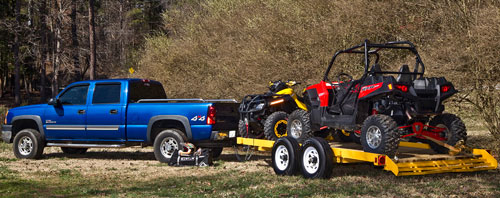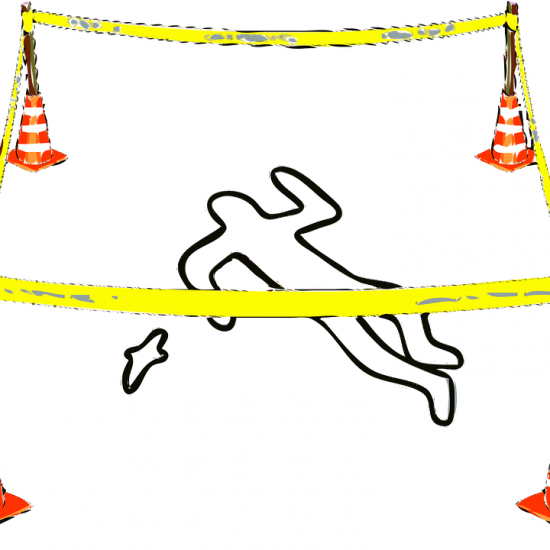People often use trailers during their trips in local areas. It’s a better alternative than relying on tents or sleeping in the car, when you are concerned about the quality of your accommodation. However, it is important that you are able to tow your trailers safely and properly, so you have smooth and enjoyable trip. You need to know about the tow rating of your vehicle and it could be mentioned in the owner’s manual. If you want to have a safe trip, it’s important that you exceed this weight. When you go over the rated weight, the performance of the car will be significantly degraded and you will encounter handling difficulties. Other than poor fuel mileage, you may also suffer from severe malfunctions.
It is important that you have proper weight distribution. Heavy items should be loaded forward and low, while lighter items are stored high and at the back of the trailed. This will push the center of gravity low, which reduces swings, wobbling and swaying. You will have better control over the vehicle and trailer. The load in the trailer should be proper secured. You shouldn’t place small items in the cabinet, because they can be thrown out during bumps and turns. It won’t be a good thing if you reach your destination and find that the inside of the trailed is filled with spilled milk and broken eggs. This isn’t a good way to start your trip, because you will need to clean up everything and repair any damaged items. So, it is important to use your common sense.
It is also important to inspect the hitch for rust and cracks, especially if it has been stored for nearly a year. Your trip won’t be enjoyable if the hitch is damaged and breaks during the trip. You should be aware that the hitch is also quite heavy and it may represent ten percent of the total load. It is possible that you underestimate the total load, if you exclude the weight of the hitch. For an added insurance, you should use safety chains, so the trailer won’t be detached from the towing vehicle. You should make sure that safety chains are attached in a crisscross pattern. This should allow for enough slacks during turns, but still won’t cause the trailer to drag along the ground. With this arrangement, the tongue won’t drop to the road when the coupler of the trailer is detached from the hitch ball.
You should also choose weight distributing bar, which can transfer some of the weight of the tongue the front axle. It may take a number of tries to find the proper link points. You may notice sways when not enough tensions are applied on the bars. However, you should be careful not to put excessive tension on the bar, because it will take the weight off the vehicle’s back. You should also constantly check the connectors, because they can be susceptible to corrosion. Light layers of corrosion should be removed regularly. Connectors need to be cleaned and get regular application of anti-rust solutions.






